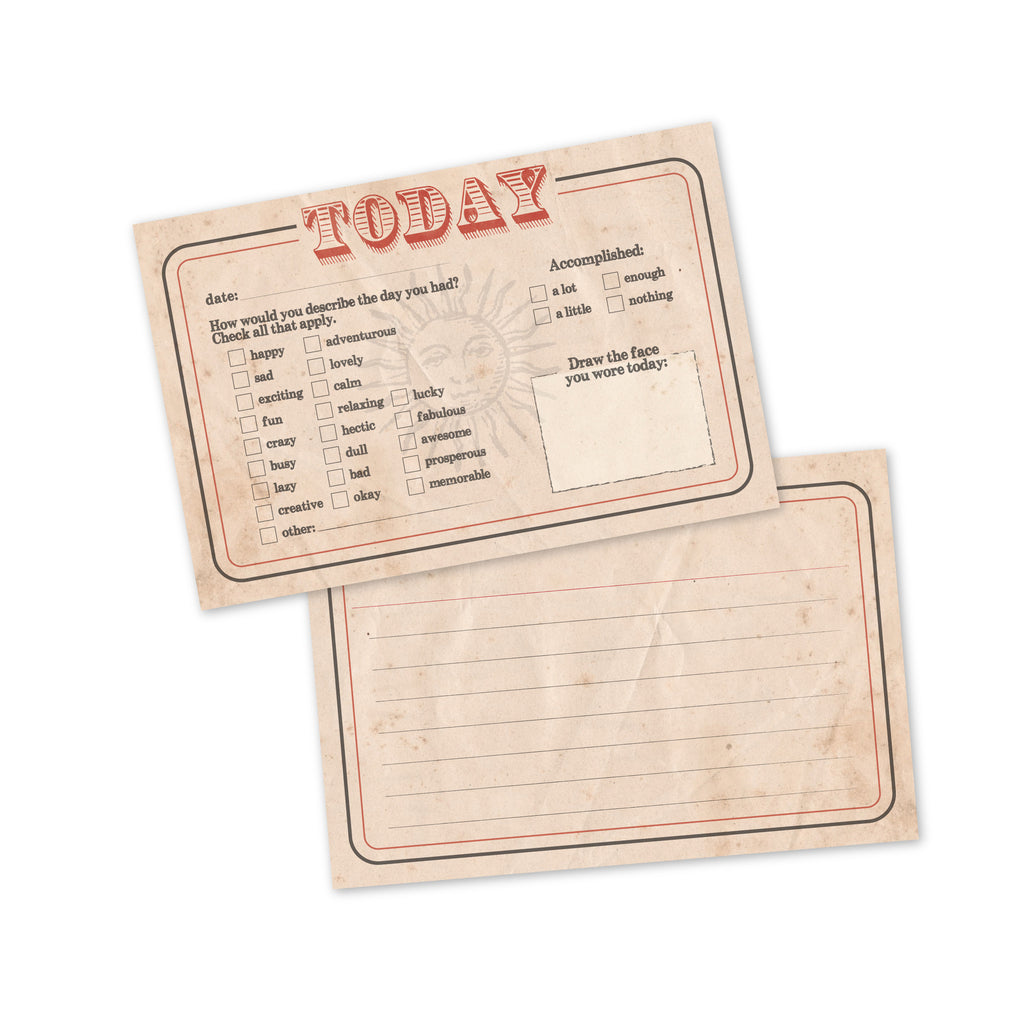reply to oxytonic on 2023-01-08 at https://hypothes.is/a/8QdgetQOEe2XG6u5i9iAHQ
In my experience, alternating alphanumeric codes give you the "gist" of the original context. Purely with reference to my rough outline, my notecard "3516/b" implies psychology (3XXX), cognition (35XX), and memory (351X). Even the single slash implies a level of abstraction and/or specificity.
But it's not enough because it runs the risk of locking you in. Forward links on the card (or forward links to the card!) offer comparable if not competitive recontextualization, which is most likely what Luhmann means by "multiple storage".
Caution: My note here has some significant missing context which results from significant additional research.
The primary issue with analog slip boxes, particularly in academic research of Luhmann's day, was one of multiple storage. No one else I'm aware of prior to his time used Luhmann's filing scheme (and very few after until about 2013). Instead most filed multiple copies of their notes under category headings like "psychology", "cognition", and "memory" (to use your example) so that those ideas would be readily available when they came to work on their ideas relating to cognition, for example. This involved a tremendous amount of copying work. (For reference, see Heyde, Johannes Erich. Technik des wissenschaftlichen Arbeitens: zeitgemässe Mittel und Verfahrungsweisen. Junker und Dünnhaupt, 1931. which is the handbook which Luhmann used to scaffold his method.) It was this copying and filing under multiple categories which was commonly referred to as multiple storage. Many academics got around it by hiring assistants or secretaries who would do this duplicative work and filing on their behalf; Luhmann didn't have this additional help and it may have been a portion of the pressure for the evolution of his method.
Instead Luhmann used branching and cross-indexing his ideas along with regular use and familiarity of the space within his boxes. While his zettelkasten may seem on the surface to be done by category, the way you suggest, it definitely is not. Some of this appearance is suggested by editorial decisions made by the curators of his digital archive and, in larger part, by Scott Scheper who (sadly in my opinion) recommends using the Academic Outline of Disciplines as top level categories a practice which heavily belies some of what Luhmann was doing. While Luhmann was inspired by the Dewey Decimal System, he wasn't using the parts of it that equated numbers with topics, in part because he didn't need to and it would have been counterproductive to his ultimate method—specifically causing him to deal with multiple storage. Modern (digital) database theory and practice allows some note takers an easier way around this problem.
For more on this see:
- https://boffosocko.com/2022/10/27/thoughts-on-zettelkasten-numbering-systems/
- https://boffosocko.com/2023/01/19/on-the-interdisciplinarity-of-zettelkasten-card-numbering-topical-headings-and-indices/







